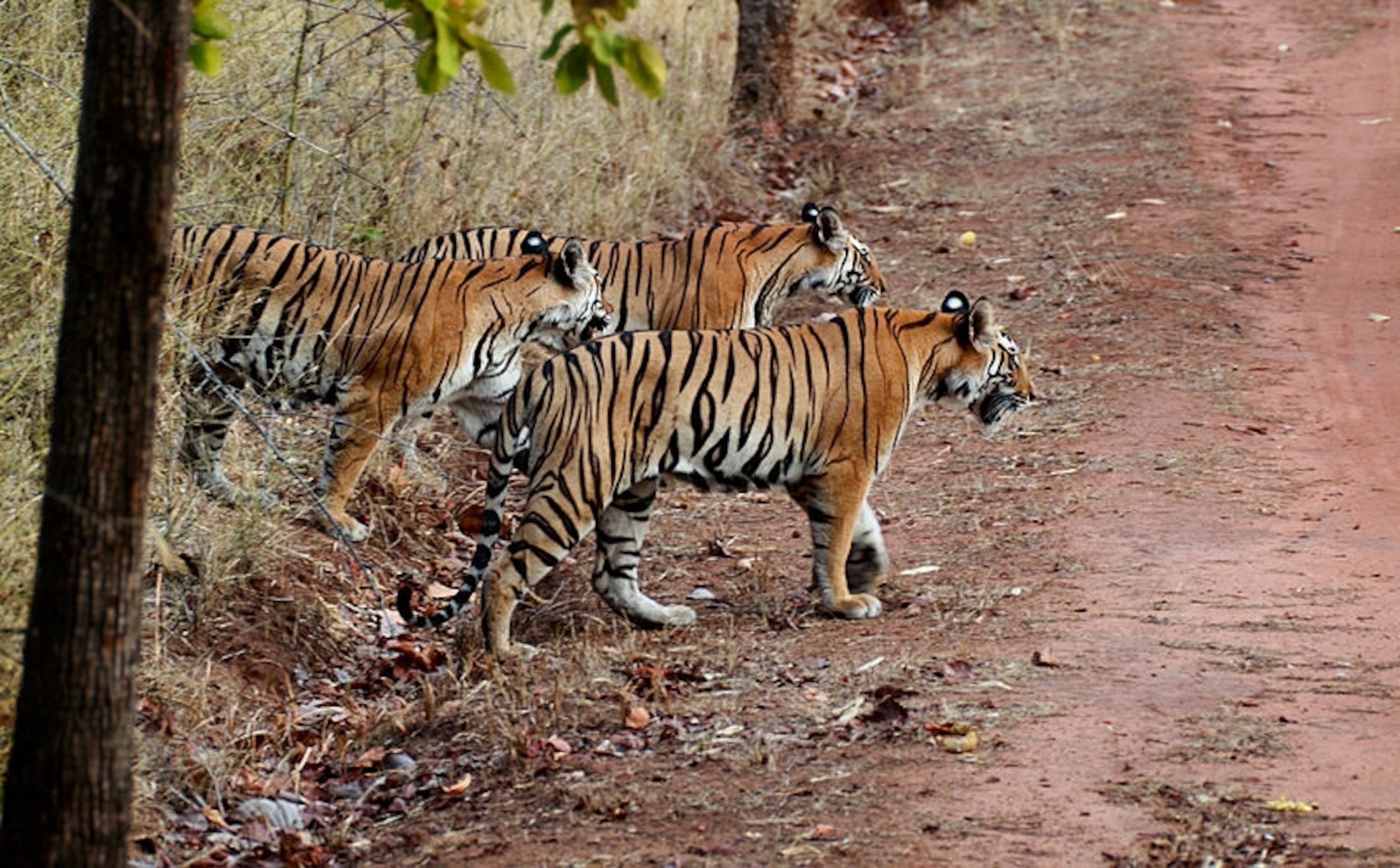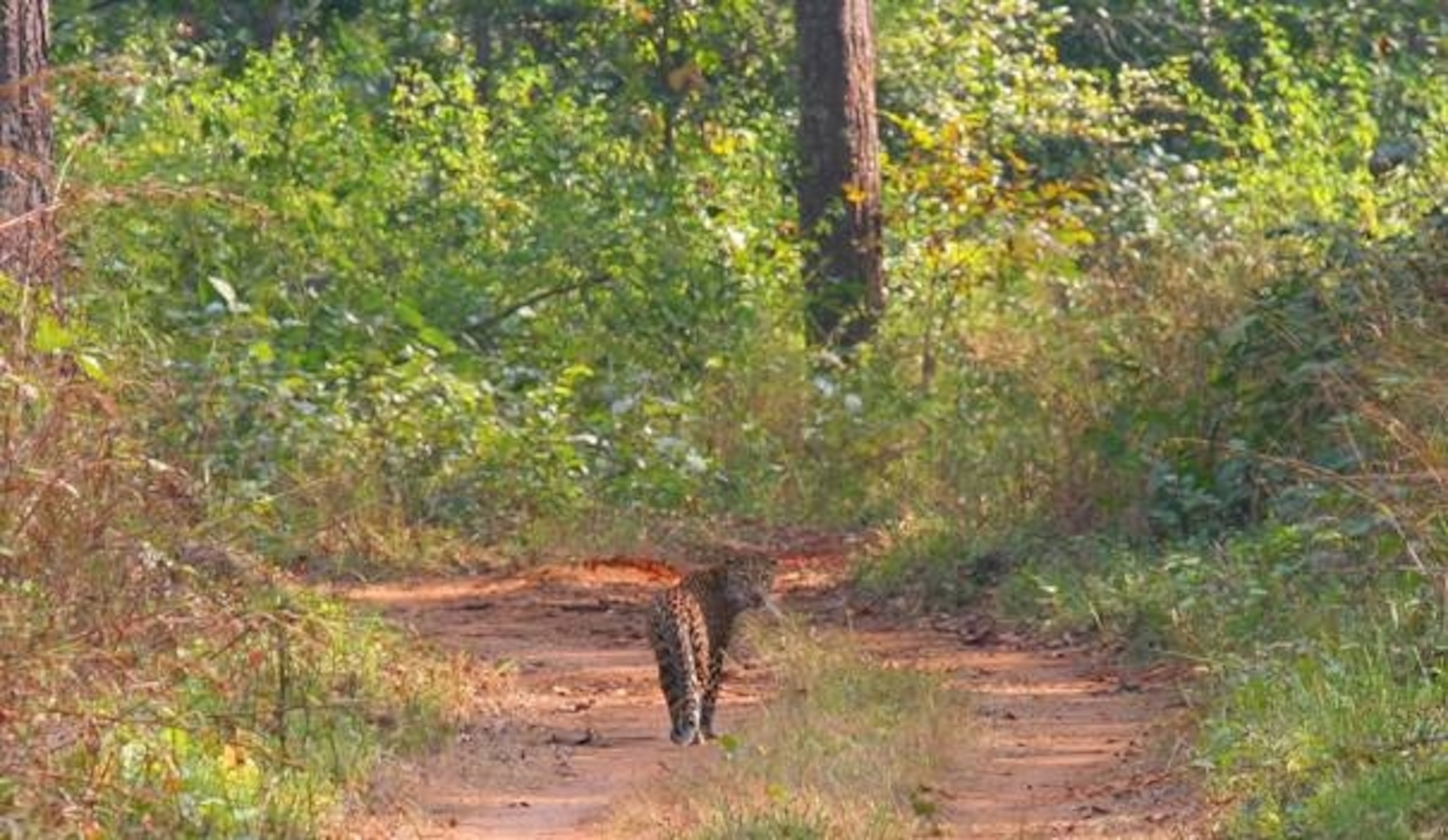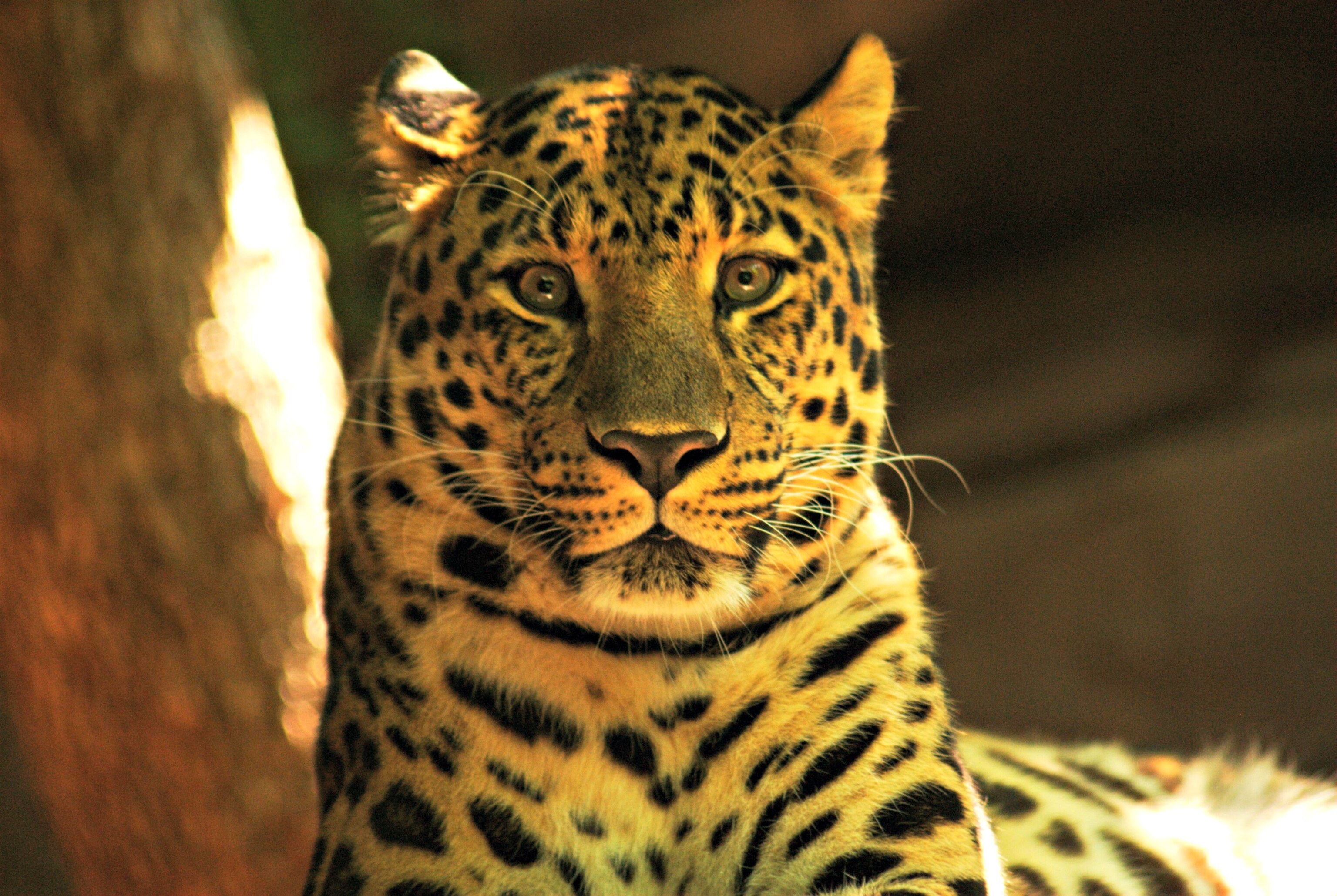Every day, little by little, our species is creating new islands. These are not islands in the sea. They are patches of forest, grassland, mountainside, and swamp that encompass what remains of the wild. Unlike islands dotted across the sea, though, there are sometimes pathways between these protected swaths that permit organisms to traverse the small percentage of their range that remains open to habitation. In the case of central India’s tigers and leopards, these wildlife corridors are critical for survival.

Zoologists Sandeep Sharma and Trishna Dutta of the Smithsonian Conservation Biology Institute, along with a host of coauthors, have just published a pair of studies that used felid feces to gauge the genetic diversity of tigers and leopards in central India’s Satpura-Maikal region. This area is one of the richest tiger holdouts left in the world, despite the fact that these forests have been cut back over 75 percent over the last 300 years. The need for farmland, organized hunting, and, since the 1970s, poaching have all taken their toll on tiger populations while leopards, who do all they can to avoid the remaining tigers, have been pushed out towards the fringes where the forest meets human settlements.
Spread across several conservation areas, the big cats would seem to be isolated from each other. As Sharma, Dutta, and their colleagues found, though, the roads and trails between the parks are essential for genetic exchange between the forests. Of 1,411 fecal samples collected in the protected locales and along the pathways between them, the researchers were able to assign 463 to tigers and 287 to leopards. The turds recorded the background of each cat, giving the zoologists an outline of how much genetic diversity exists in the populations and whether cats from different forest patches were mating with each other.
The tiger study, led by Sharma, showed that the tigers have not gone through a genetic bottleneck that would be expected for a population confined to spread-out conservation areas. Quite the contrary; the tigers showed a high amount of genetic diversity. Sharma and coauthors attribute this to the wildlife corridors that allow tigers to travel past mining operations and developed areas to the haunts of their striped neighbors. For central India’s tigers to survive, the researchers argue, the pathways that allow the felids to travel and interbreed must remain open.

Strangely, the fate of leopards also seems to be tied to wildlife corridors. This finding seems to run counter to the nature of the cats. Leopards are generalists that are more adaptable than tigers, and far better at exploiting disturbed and developed habitats close to people. Naturally, leopards would prefer forests far from humans, but it’s better to slink through a village at night to nab a dog than lose meals – or you life – to a tiger living in the same stretch of woodland. As tigers become confined to forest patches, leopards are forced to the outskirts.
The genetic signatures of the leopards sampled by Dutta and colleagues showed subtle distinctions between two subpopulations, and the beginnings of a split into four subgroups. While still diverse, the leopards did not form the homogenous genetic population expected for such wide-ranging and flexible felids. Forced to slink through tiger-dominated forests and around human development projects such as roads and mines, central India’s leopards appear to be relying on wildlife corridors to lead a cryptic existence in Satpura-Maikal. Saving these spotted cats and their tiger cousins requires more than simply carving out swaths of forest for them to live; we must anticipate their need to find each other and maintain their genetic richness among the artificial archipelagos we’ve created.
References:
Dutta, T., Sharma, S., Maldonado, J., Wood, T., Panwar, H., Seidensticker, J. 2012. Fine-scale population genetic structure in a wide-ranging carnivore, the leopard (Panthera pardus fusca) in central IndiaFine-scale population genetic structure in a wide-ranging carnivore, the leopard (Panthera pardus fusca) in central IndiaFine-scale population genetic structure in a wide-ranging carnivore, the leopard (Panthera pardus fusca) in central India. Diversity and Distributions. 1-12 DOI: 10.1111/ddi.12024
Sharma, S., Dutta, T., Maldonado, J., Wood, T., Panwar, H., Seidensticker, J. 2013. Spatial genetic analysis reveals high connectivity of tiger (Panthera tigris) populations in the Satpura-Maikal landscape of Central IndiaSpatial genetic analysis reveals high connectivity of tiger (Panthera tigris) populations in the Satpura-Maikal landscape of Central IndiaSpatial genetic analysis reveals high connectivity of tiger (Panthera tigris) populations in the Satpura-Maikal landscape of Central India. Ecology and Evolution. 3,1: 48-60

